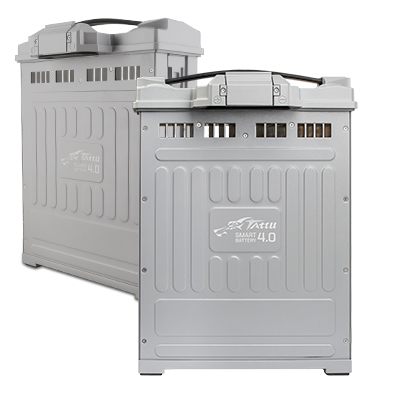The Evolution and Challenges of Low-Altitude Economy
The skies above our cities and countryside are no longer just the domain of commercial airliners and birds. A new frontier of economic activity is rapidly taking shape in the airspace below 1,000 meters – the burgeoning Low-Altitude Economy (LAE). Driven by technological leaps, particularly in drones and electric aviation, and propelled by ambitious national policy, China is emerging as a global leader in this transformative sector. This article, drawing on insights from a comprehensive analysis of China's experience, explores the evolution, applications, challenges, and future of this dynamic economic frontier.
What Exactly is the Low-Altitude Economy?
At its core, the LAE revolves around flight activities using both crewed and uncrewed aerial vehicles (UAVs) within low-altitude airspace (typically below 1,000m, extendable to 3,000m). It encompasses far more than just flying machines. It's a comprehensive ecosystem including:
●Aircraft Manufacturing: Drones, electric vertical take-off and landing vehicles (eVTOLs), light aircraft, and their components (chips, batteries, motors, sensors).
●Operation & Services: Logistics, agricultural spraying, aerial surveying/mapping, infrastructure inspection, emergency response, tourism, security.
●Infrastructure & Support: Take-off/landing points (vertiports), charging stations, air traffic management systems, flight service platforms, maintenance facilities.
●Derived Services: Data analytics, remote monitoring, flight training, insurance.
This economic model leverages previously underutilized airspace, integrating cutting-edge aviation technology with diverse service industries, promising significant efficiency gains and entirely new market opportunities.
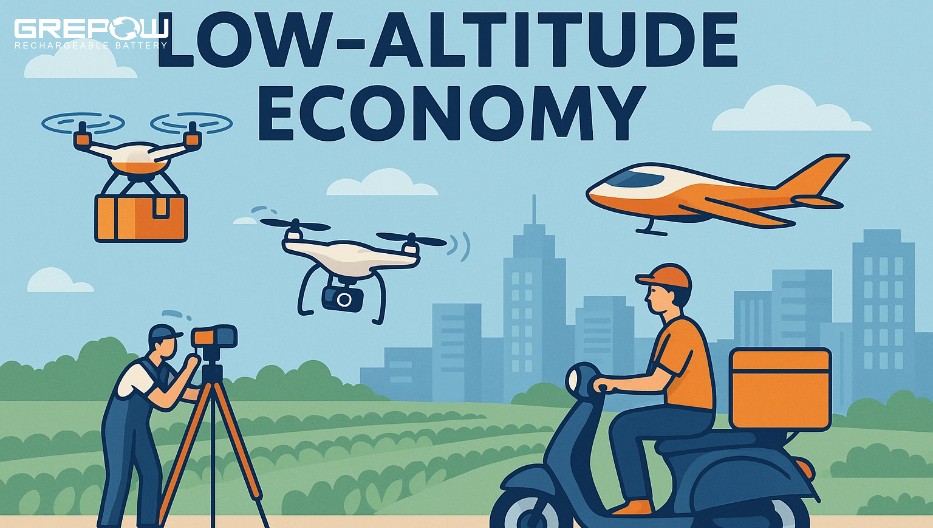
Economic Scale and Growth Potential
By the end of 2023, China’s low-altitude economy had surpassed 500 billion yuan in scale, with projections estimating growth to 2 trillion yuan by 2030. This rapid expansion is supported by a robust ecosystem of over 689 general aviation enterprises, more than 3,000 registered aircraft, and hundreds of specialized airports nationwide. The government’s strong policy backing, reflected in provincial work reports and national strategic plans, is a key driver of this growth.
Applications That Go Beyond Drones
The low-altitude economy fuels a broad ecosystem:
●Logistics & Distribution: UAVs streamline last-mile delivery, especially in rural or mountainous areas.
●Agricultural Spraying: Precision agriculture now leverages UAVs to reduce pesticide waste and labor costs.
●Emergency Services: In firefighting, medical supply delivery, and search-and-rescue missions, drones offer fast response capabilities.
●Tourism & Filmmaking: The rise of low-altitude sightseeing experiences and aerial cinematography offers new revenue streams.
These diverse applications demonstrate the interdisciplinary nature of LAE, blending aerospace engineering, AI, mobile edge computing (MEC), and big data analytics.
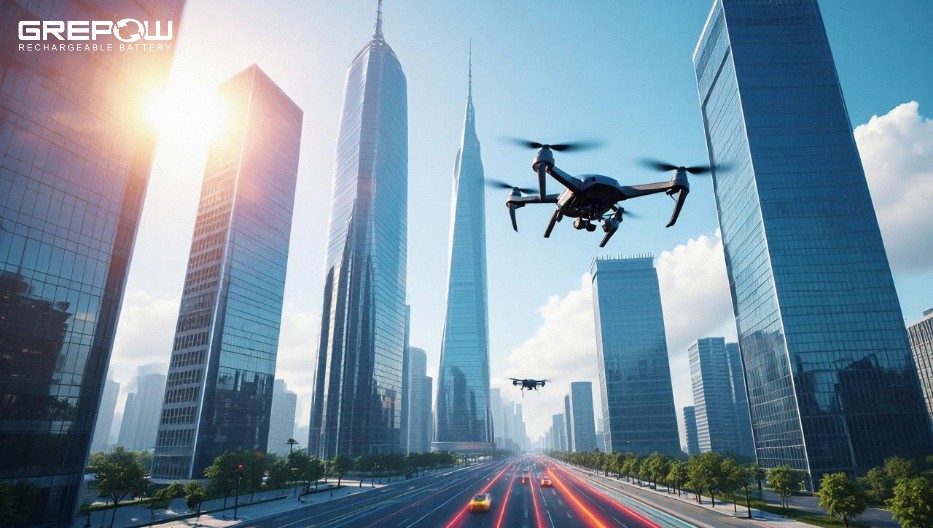
The Engines of Growth: Drivers Taking Flight
Several powerful forces are propelling China's LAE forward:
●Strong Policy Tailwinds: Government support provides direction, resources (funding, infrastructure investment), and legitimacy.
●Technological Innovation: Rapid advancements in drone autonomy, battery technology (though challenges remain), sensors, communication (5G/6G, edge computing), and AI are enabling new applications and improving safety/efficiency. Research into federated learning for multi-UAV coordination shows promise for efficient, secure data sharing.
●Soaring Market Demand: E-commerce logistics craving faster delivery, agriculture seeking precision spraying, aging infrastructure requiring efficient inspection, and growing interest in aerial tourism create tangible pull.
●Industrial Chain Integration: The LAE acts as a powerful integrator, stimulating demand in manufacturing (materials, components), IT services, and modern logistics.
Navigating Turbulence: Critical Challenges Ahead
Despite the optimism, significant headwinds must be overcome for sustained, safe growth:
Regulatory & Airspace Management Vacuum:
The most critical hurdle. National-level LAE-specific laws and regulations are absent. Airspace access, especially below 3000m, remains complex and restrictive. eVTOL certification lacks unified standards globally, and China is still formulating its approach.
Infrastructure Deficiency & Imbalance:
Take-off/landing sites, charging networks, and robust low-altitude traffic management systems are severely underdeveloped, particularly in rural areas. Development is heavily skewed towards urban centers.
Acute Talent Shortage:
The industry suffers from a critical lack of skilled professionals – pilots (even for monitoring autonomous systems), engineers, air traffic controllers for UAVs, maintenance technicians, and operation managers. Training systems are nascent and output is unstable.
Technological Bottlenecks:
●Battery Limitations: eVTOLs require batteries with energy densities of ~400 Wh/kg+ for viable urban air mobility. Current EV batteries hover around 200 Wh/kg, and the best aerospace-specific options are only at ~285 Wh/kg, significantly below aviation fuel. This severely limits range and payload.
●Core Component Gaps: China still relies on imports for high-performance aerospace engines and some advanced avionics. Domestic power density for larger eVTOLs lags behind leaders like Safran.
●Integration & Safety: Seamlessly integrating diverse aircraft (drones, eVTOLs, traditional GA) into shared airspace requires sophisticated detect-and-avoid systems and secure, resilient communication networks.
Market Development Hurdles:
Applications like low-altitude tourism are nascent, facing challenges in public awareness, cost (making rural applications like agricultural spraying expensive), marketing, and building compelling consumer offerings. Supporting industries in rural areas are lacking.
Financing & Cost Pressures:
High R&D and infrastructure costs, coupled with uncertain regulatory timelines, pose financing challenges, especially for startups. Reducing operational costs is crucial for widespread adoption.
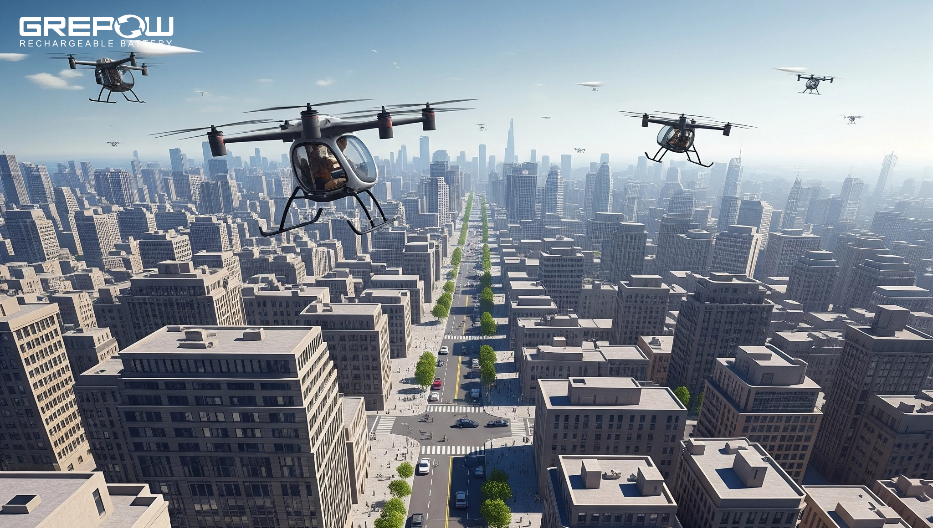
Solutions to Accelerate Development
To overcome these challenges and capitalize on the opportunities, stakeholders in China's low-altitude economy can adopt the following strategies:
1. Invest in Battery Research and Development
Advancing battery technology is crucial for eVTOL scalability. Investments in high-energy-density batteries, such as solid-state or next-generation lithium-ion batteries, can address the current limitations and enable longer flight times and greater payload capacities for urban air mobility.
2. Strengthen Regulatory Frameworks
Policymakers should prioritize the development of unified regulations for low-altitude operations. This includes establishing clear guidelines for airspace allocation, vehicle certification, and safety protocols. Collaboration with international aviation bodies can help align China's standards with global best practices.
3. Foster Talent Development
Addressing the talent gap requires investment in education and training programs focused on aerospace engineering, AI, and data analytics. Partnerships between universities, industry, and government can create specialized curricula and certifications to build a skilled workforce.
4. Leverage Big Data and AI
Big data and AI technologies can enhance the efficiency and safety of low-altitude operations. By integrating real-time data from drones, eVTOLs, and ground infrastructure, stakeholders can optimize airspace usage, improve navigation, and enhance decision-making. The use of federated learning, as demonstrated in research by Fan Wen and colleagues, can further improve the safety and effectiveness of UAV operations.
5. Develop Infrastructure
Building a robust infrastructure network, including vertiports, charging stations, and air traffic control systems, is essential for scaling the low-altitude economy. Public-private partnerships can accelerate the development of this infrastructure, ensuring it meets the needs of both urban and rural applications.
Future Outlook: A New Economic Airspace
With continued policy momentum, technological innovation, and infrastructure enhancement, China’s low-altitude economy is poised to become a cornerstone of its modern service economy. From aerial logistics corridors and smart cities to green mobility and advanced manufacturing, the low-altitude economy could serve as a model of cross-sectoral innovation. As more countries open their skies and invest in similar frameworks, China's experience offers valuable lessons in regulatory innovation, strategic scaling, and ecosystem design.
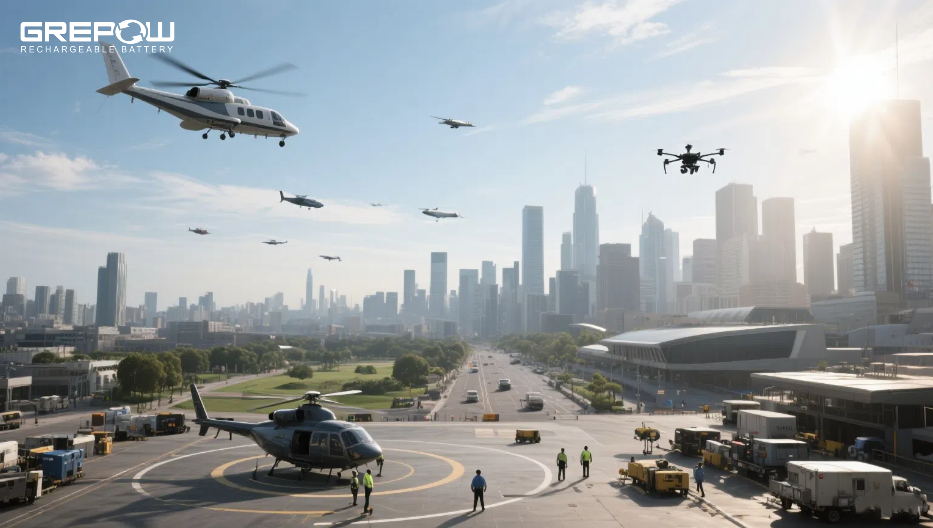
Conclusion
China's low-altitude economy is at a pivotal moment, with immense potential to drive economic growth, enhance connectivity, and transform industries. However, realizing this potential requires addressing critical challenges, from battery limitations to regulatory gaps and talent shortages. By investing in technology, infrastructure, and human capital, China can solidify its position as a global leader in this emerging sector. As a global leader in drone battery manufacturer, Grepow is at the forefront of powering the future of the low-altitude economy. We're committed to advancing drone battery technology, offering a comprehensive range from FPV drone batteries with discharge rates up to 160C to semi-solid state batteries boasting an energy density of 350 Wh/kg for industrial drones. If you have any questions or needs, please feel free to contact us at info@grepow.com.
Related Articles
-
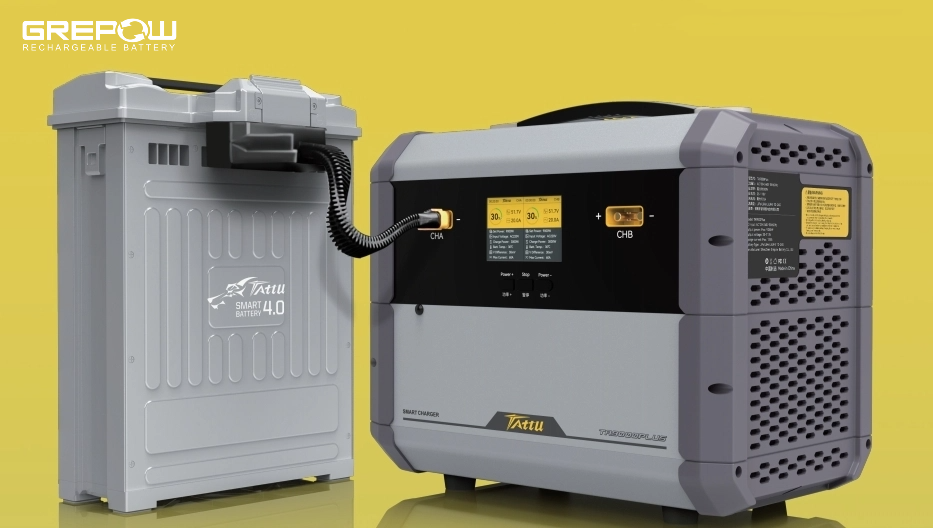
Drone Batteries: A Comprehensive Guide
2025-06-23 -

What is an 8S LiPo Battery?
2025-06-20 -
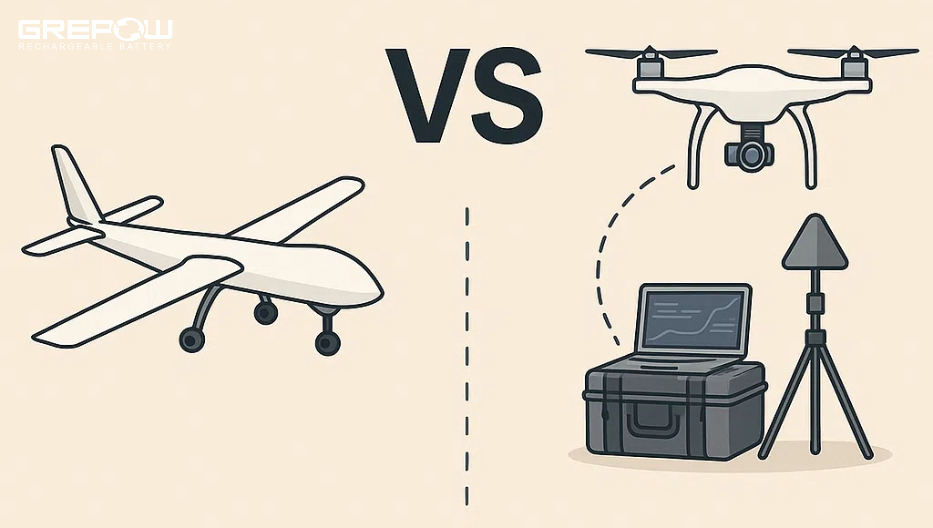
UAV vs UAS: What’s the Difference?
2025-06-12
Related products
-

Tattu 12S LiPo Drone Battery Series
-
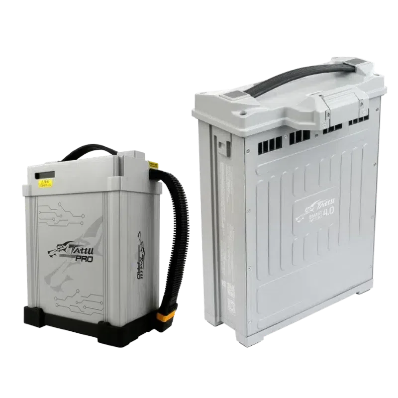
Tattu Agricultural Drone Battery
-

Tattu 6S LiPo Drone Battery Series












